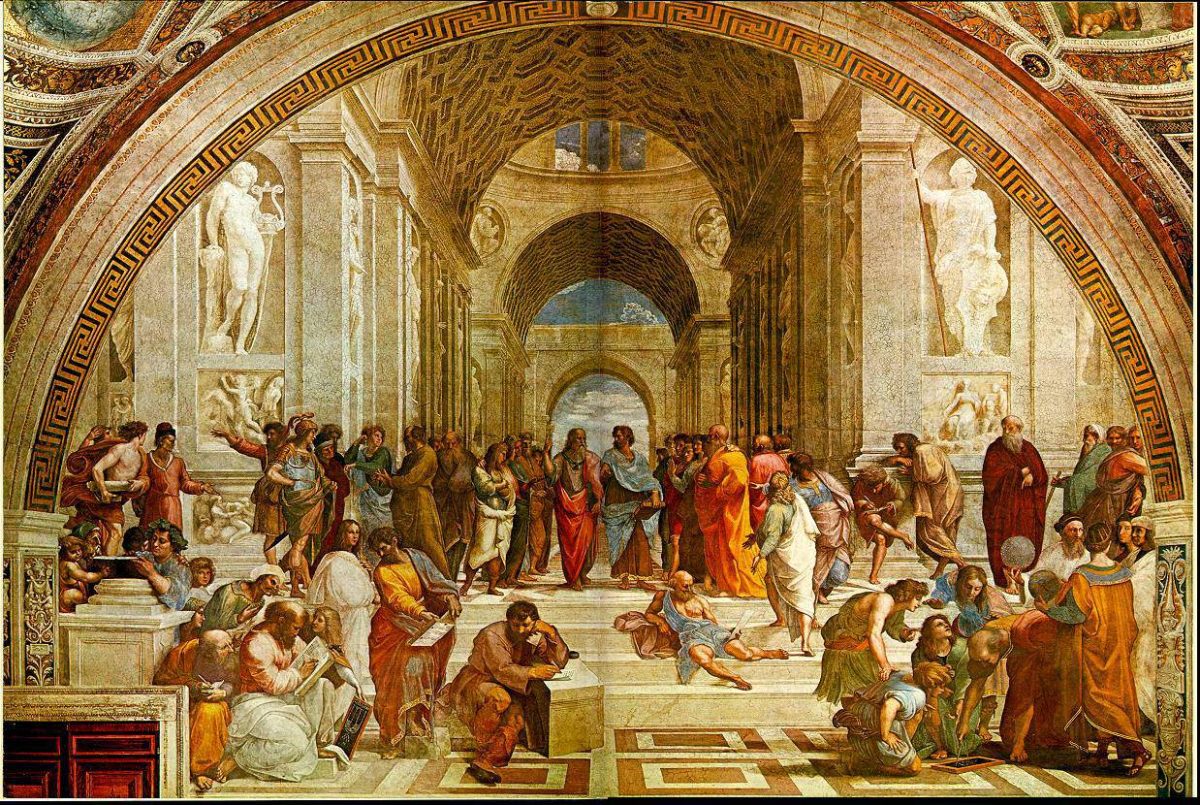Sept. 26 marked the 50-year anniversary of the seminal Beatles album, Abbey Road.
To celebrate, Apple Corps re-released the record, which contained brand-new remasters of the original track listing produced by Giles Martin, the son of legendary Beatles producer, George Martin. Alongside the originals, there were 22 never-released-before outtakes and demos included with the Super Deluxe Edition of the re-release.
Following the release, Abbey Road made its way back onto the charts, topping the U.K. album charts for the week of Oct. 4 to Oct. 10.
This isn’t the first time the album has made its way into the No. 1 spot.
During its initial run in 1969, Abbey Road topped U.K. and U.S. album charts for 17 and 11 weeks, respectively, spending a total of 129 weeks on the charts in the United States.
When the album was released, it marked the end of an extremely prolific era.
Often regarded as the group’s “swan song,” the record told the story of a band’s coming of age while simultaneously saying goodbye to The Beatles’ fans.
While most accounts of this album focus on the often tense and fractured state of the band at the time, the work produced is indicative of a group whose members were so in tune with each other creatively, they were able to construct an album that would become the framework of how a rock record should look and sound like.
With this album, fans and critics alike saw band member George Harrison reaching peak maturity in terms of his songwriting ability.
Fellow artist Frank Sinatra hailed the song “Something” as “the greatest love song of the past 50 years.”
The seemingly endless medley of rich and engaging songs that encompasses most of the second side of the album demonstrated a break in the formulaic mold of record production.
The way each song segues into the next one grasps the attention of listeners tightly and refuses to let go even after the end of the album.
It’s a record that forces people to listen during moments of thunderous orchestration and quiet simplicity.
Situated amongst more contemporary releases, Abbey Road may stick out like a sore thumb.
The use of double and multi-tracking on the album is outdated in the new world of click tracks.
The three-man guitar soloing heard on “The End” sounds vastly different from the many robustly layered tracks that can be created digitally in audio software such as FL Studio.
While this album marked the dissolution of the most revered and successful bands of all time, its release became a watershed moment in music history.
Abbey Road became the foundation of the new era of rock music that would begin to emerge in the following decades.
Abbey Road’s appearance on the album charts is telling of something quite important.
To put it simply, the message is that rock lives on. The record was a cultural touchstone when it was released in 1969, and its reemergence showcases the band’s undeniable significance, impact and longevity in the world of music today.








